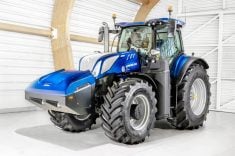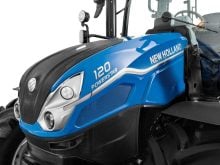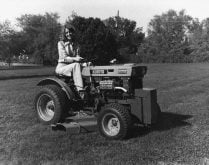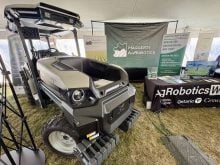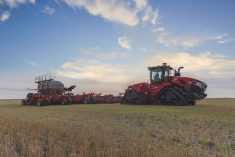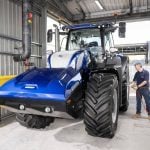Intuition and personal experience have a role to play when considering major equipment purchases, but farms should strive to have a machinery investment strategy based on quantifiable metrics.
That was the advice of Travis Jansen on March 22, as he hosted a session for Agri-food Management Excellence (AME).
Why it matters: Machinery purchases can represent some of the highest-value investments on the farm.
Read Also
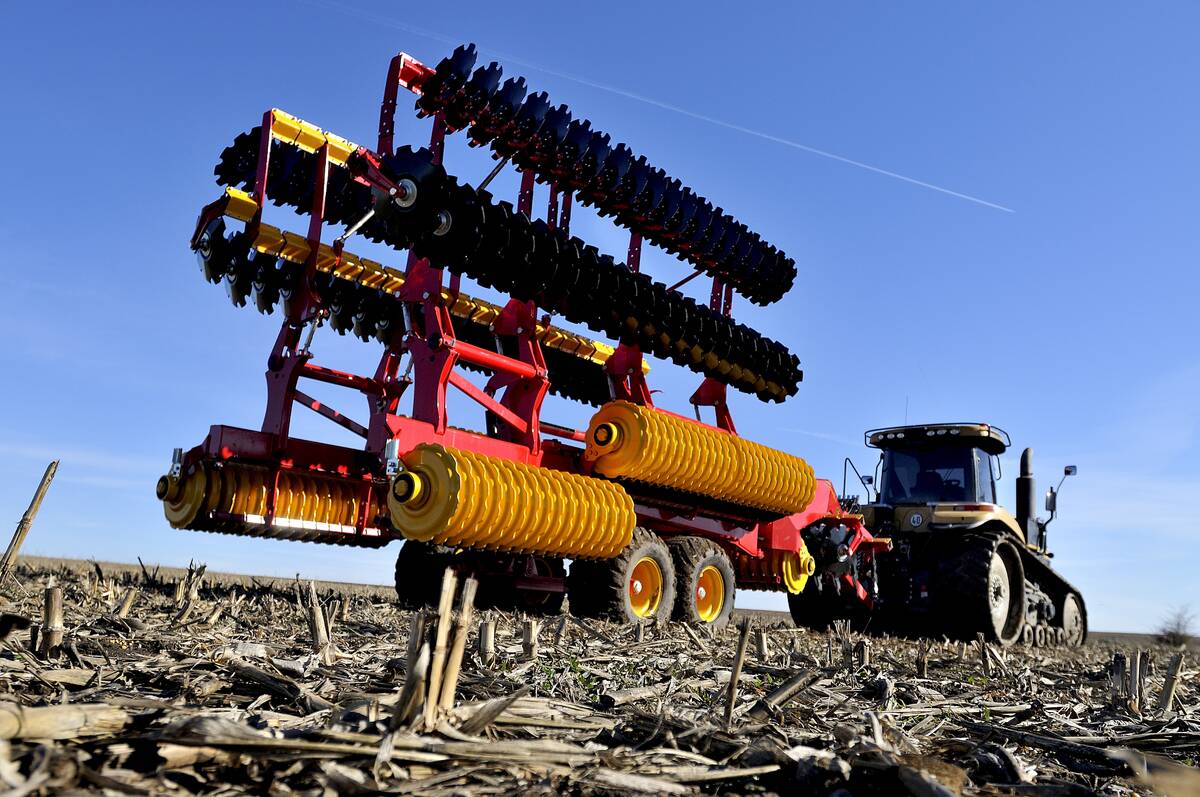
Evolution of European equipment manufacturers runs deep
A look at how Lemken and Väderstad have evolved from their traditional offerings of tillage equipment to include planting and seeding equipment in their lineups.
Jansen attended the University of Waterloo, then earned a Master’s degree in Economics from the University of Guelph. He’s now working with a German firm specializing in agricultural benchmarking, as well as with Synergy Swine in Molesworth. Along with AME partner Larry Martin, he teaches that organization’s Machinery Investment Strategy course.
Jansen says it’s nearly impossible for off-farm advisors to pinpoint exactly which machines or implements need to be replaced or purchased. “But we can provide a process for thinking about machinery and the investments you make on the farm.”
Gut feelings will always have a strong influence. Difficulty finding workers or concerns about fitting cropping operations into slim weather windows, he said, can lead to purchases of more mechanized and larger machines. Also, equipment dealers may offer special deals at certain times of the year and continued low interest rates can make financing new machines attractive.
On the other hand, if someone on the farm is skilled at repairs, it may seem like retaining equipment is a cheaper option than buying new.
But all these factors, Jansen stressed, have an element of personal opinion.
“It’s good to go on gut feeling,” he said. “But what happens when your brother, your sister and your father all have different gut feelings?”
There are many tools marketed by companies and organizations to help with buying decisions, and the challenge can be choosing the right one. AME has its own machinery calculator.
Ultimately the question should be, what triggers a decision for a change?
One metric some analysts like, Jansen said, is the cost per acre of a piece of equipment. But AME doesn’t believe this is crucial. He posted a graph from a Kansas study tracking cost per acre versus profitability on which there was a huge range – from less than $100 investment per acre to more than $600.
“If you look at this graph, I don’t really know what it tells you.”
“If profit is your goal, the cost only accounts for half of that equation,” Jansen noted, adding AME instead prefers to look at costs as a percentage of revenue. They like to see total operating costs at between 15 and 20 per cent of revenue. Machinery operating costs only account for a part of that, but a significant part.
There are also capital costs of machinery purchases to be considered. With capital costs, ideally, that new machine has a positive long-term effect on profitability but you’ll need to accept a short-term draw on the bottom line. It often becomes a case of comparing which option might be the lowest net draw over time.
Budgeting for machinery, he said, should follow similar principles as budgeting for many other things. It should rely on forecasting future events and setting out expected income and expenses. Companies might set a certain rate of return that is a threshold for going ahead with a project. AME’s Machinery Calculator is one way of helping determine that rate.
Jansen showed an example of the calculator being used to compare buying versus leasing a combine on a western Canadian farm. Farm owners must input various metrics, and the calculator does all the grunt work of parsing out cash flows and where they’re going to be, as well as tracking the depreciation of the new machine over subsequent years.
The less you’re able to figure out from your record-keeping and factor into the calculator, the less useful the tool will be, he stressed. “It’s really important to keep good records,” and while it may only be necessary to record a certain complexity of numbers for your accounting software, “it’s a good idea to try and collect a bit more granular data to look at when you’re making these (machinery) decisions.”
On his family’s farm, for instance, they created their own apps for smartphones to track costs every time they go in the field – including fuel, time on the job and repairs.
Martin showed an example from the Machinery Investment Strategy course of a decision about a new seeder. With one option, the seeder didn’t do anything more than the one the farmer was considering keeping and continuing to fix. But with a different option, the new seeder provided a lot more precision application so there were potential increases in revenue and decreases in input costs. The calculator aims to capture those nuances.
Considering
opportunity cost
Both Jansen and Martin also stressed the importance of considering the “opportunity cost” of spending money on new equipment instead of using it in another manner that might be more profitable in the long run.
“Just having (the machine) paid off doesn’t mean it’s making you money,” Martin said. He added he did an analysis recently with a farmer whose employee does a great job in the shop. That farmer can keep that employee busy through the winter maintaining and fixing machinery, rather than risk losing him to other full-time work. And in that case, purchasing new just didn’t make sense when that money could be used in other ways.






